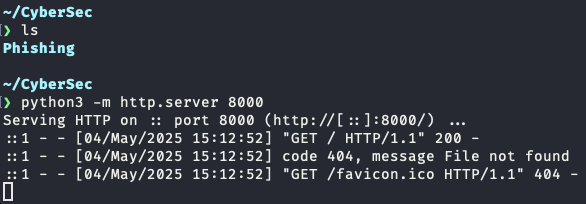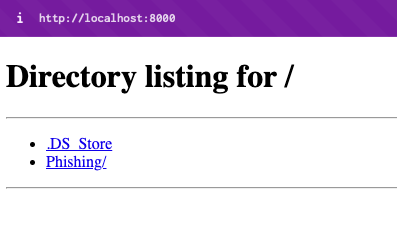CyberRoadmap — Understanding Loopback and Localhost
This article delves into the fundamental networking concepts of loopback and localhost, essential for professionals in computer networking, cybersecurity, and coding. It explains how loopback interfaces facilitate local traffic for testing and diagnostics, ensuring secure, non-routable communications. The article highlights the role of localhost as a user-friendly reference to loopback addresses, crucial for developing and testing network services locally. It also covers advanced uses in containerization, providing a practical implementation guide using Python's HTTP.Server to solidify understanding. Ideal for enhancing knowledge in TCP/IP and secure network configurations.
In the realm of networking, the terms “loopback” and “localhost” are often used interchangeably, but they refer to distinct yet related concepts. Understanding these notions is crucial for anyone working with networks, whether for development, troubleshooting, or security.
What is Loopback?
The term “loopback” refers to a special network interface used to send traffic to the same device. This interface is primarily used for testing and diagnostics, allowing network services designed for local use, such as databases and development servers, to operate without needing an external network connection.
The most common loopback addresses are:
- 127.0.0.1 for IPv4
- ::1 for IPv6
While 127.0.0.1 is the best-known loopback address, any address in the range 127.0.0.0/8 is reserved for loopback communications. This means you can use any address in this range for local tests. However, only 127.0.0.1 is active by default. To use the remaining addresses, you need to set them up manually:
- On Linux:
1
sudo ip addr add 127.0.0.2/8 dev lo - On macOS:
1 2
sudo ifconfig lo0 alias 127.0.0.2 up ifconfig lo0 # Check if the address has been added
- On Windows:
netsh interface ipv4 add address "Loopback Pseudo-Interface 1" 127.0.0.2 255.0.0.0
On macOS and Linux systems, this interface is typically called “lo,” while on Windows, it is often referred to as the “Loopback Pseudo-Interface”.
What is Localhost?
“Localhost” is a hostname that refers to the loopback address. When you use “localhost” in a URL or network command, it automatically translates to 127.0.0.1 (or ::1 for IPv6). This allows applications to communicate with services hosted on the same machine without explicitly specifying the loopback IP address.
The Connection Between Loopback and Localhost
Loopback and localhost are closely related: localhost is simply a user-friendly way to refer to the loopback address. When you type “http://localhost” into your browser, you are actually accessing a service hosted on your own machine via the address 127.0.0.1. This setup is ideal for development and testing, as it isolates network traffic from the outside world, ensuring enhanced security.
Security and Advanced Uses
Loopback addresses are not routable over the Internet, meaning they cannot be used to communicate with external machines. This characteristic makes them inherently secure for local testing, as they cannot be reached from outside the local network.
In containerization environments like Docker, each container has its own loopback interface. This allows applications within containers to communicate with themselves without interfering with the host or other containers. Additionally, loopback interfaces can be used to set up local VPN tunnels, enabling secure communications between applications on the same machine.
Hands-On Implementation with Python’s HTTP.Server
To truly grasp the concepts of loopback and localhost, a hands-on approach is best. Here’s how you can set up a simple HTTP server using Python:
- Install Python: Ensure you have Python installed on your machine. You can download the latest version from python.org.
Create a Simple HTTP Server:
Access the Server:
By following these steps, you can see firsthand how localhost and loopback work together to enable secure and efficient local network communication.


